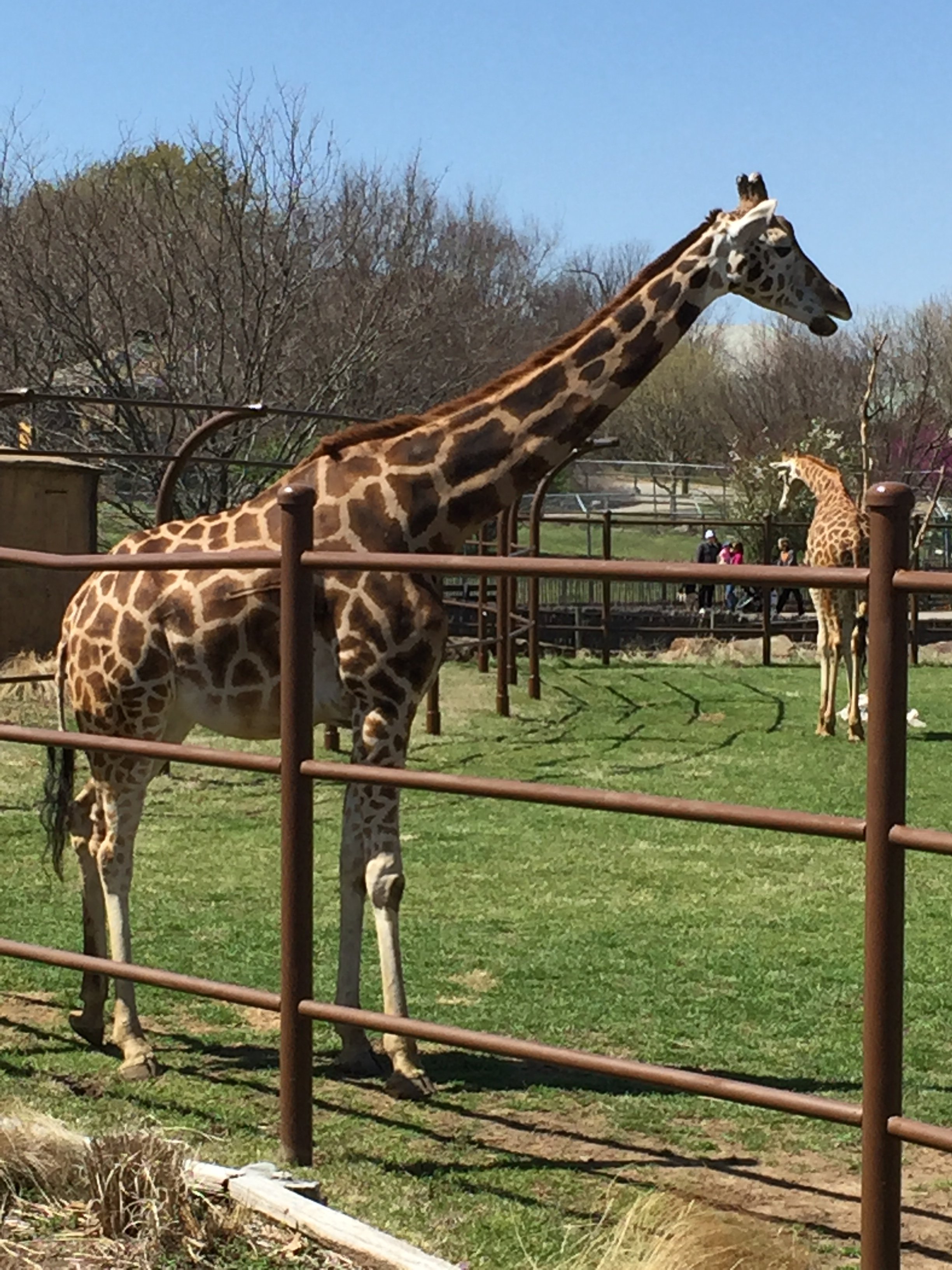
While visiting the Tulsa, Oklahoma area I was able to enjoy many of the cultural and historical attractions. Including: Philbrook Museum of Art, Tulsa Zoo, Oklahoma Aquarium, Heart of Route 66 Museum, and the Sapulpa Historical Museum.
Philbrook Museum of Art
The Philbrook Museum of Art is located in Tulsa, Ok opened to the public on October 25, 1939. . The historic 1920’s villa of Waite and Genevieve Phillips and its surrounding 25 acres of gardens are the perfect back drop to showcase the museum’s collections. Located in downtown Tulsa, OK there is a branch of the Philbrook Museum of Art which can be visited on the same day for one admission.
The Italian Renaissance villa is a work of art in and of itself. The main rooms of the house feature travertine and marble fireplaces, a double staircase with stained glass windows, ornate vaulted ceilings painted with Italian Renaissance designs and large windows looking out to the formal gardens.
The permanent collection includes European, American, Native American, Modern African, Asian pieces as well as antiquities.
There are formal and informal gardens that invite you to enjoy a relaxing stroll. Throughout the gardens there are sculptures and plantings that draw you through to keep discovering the beauty that is just around the bend.
The Philbrook Museum offers a varied collection of art in an architecturally interesting building that will please the serious art lover and the casual visitor. I personally enjoyed the building, gardens, sculptures and antiquities the most. http://philbrook.org/
Tulsa Zoo

The Tulsa Zoo focus has been on, family friendly recreation, natural sciences education and supporting the conservation of wildlife for the last 90 years. The zoo is located in Mohawk Park owned by the city of Tulsa and is one of the largest city parks in the United States.
The exhibits in the zoo are more than just the animals. They are the habitat and the kinds of animals that live there. Many of the exhibits contain multiple animals living together just as they would in the wild. In addition to that there are daily keeper talks about the animals that server to engage and educate the visitors. Truly, the animals are the main reason to visit the zoo so here are a few of the amazing and majestic animals that make the Tulsa Zoo home. https://tulsazoo.org
Oklahoma Aquarium
Is located on the banks of the Arkansas River in Jenks, OK. The Aquarium finally opened to the public on May 28, 2003 after 19 years of work to build support to bring Dr. P.R. Ramey and Doug Kemper idea to life. There are exhibits that focus on invertebrates, Oklahoma species, Ozark habitats, coral reefs, and sharks. Having an undergraduate degree in zoology with a focus on ocean invertebrates and their habits made a visit to the Oklahoma Aquarium like having a flash back to my college days when I studied on the coral reefs and the intertidal zones of the Atlantic Ocean. The mix of local species and ocean habit made the Oklahoma Aquarium a great spot to visit. https://www.okaquarium.org/
Heart of Route 66 Museum
Heart of Route 66 Museum was born on August of 2016 when a group of “car guys” combine with a Sapulpa, OK, located on the “Mother Road” known as Route 66 to create a car museum. In 2012 Richard Holmes and a group of car enthusiasts started the Tulsa Auto Museum Group, with the purpose of finding a location in Tulsa County for an antique car museum. After four years of searching they almost gave up on the dream when, Tim Dye, curator of the Pontiac Museum in Pontiac, IL called Richard Holmes telling him about the city of Sapulpa, OK old decommissioned armor. After looking at the space they determined it was what they were looking for and they changed their name to Heart of Route 66 Auto Museum.
Currently the museum has a rotating antique car collection. This is due to private collectors allowing their cars to be on display. They also have an exhibit that pays homage to Route 66 and what it meant in the past and what it means today. Before you even enter the museum the 66-foot-tall gas pump sits out in front, just asking you to stop and enjoy the all the amazing antique cars that are on display. https://www.heartofroute66.org/
Sapulpa Historical Museum
In 1968 a group of people wanted to preserve the history of the city that was once called “Crossroads of America”. It was given that distinction because the Highway 66 running east – west and Highway 75 running north – south intersected in Sapulpa, OK. Even before the highways were built, Sapulpa already had a firm place in U.S. history. Sapulpa history started with the Louisiana Purchase Treaty, dated April 30, 1803. But the Indian Removal Act of 1830 followed by the relocation Native American tribes to the area in 1836 and 1837 brought with it an influx of people and traders. The city got its name from on Creek tribesman named Sapulpa.
In the early 1880s, the Atlantic & Pacific Railroad built a spur from Tulsa to the area to transport walnut logs to Eastern markets. Sapulpa befriended the railroad workers, and they began calling this village “Sapulpa Station.” In 1898 Sapulpa was chartered as a town.
Today the museum honors the history of the area and its people with interesting displays that depict life in Sapulpa, OK from the early days as a territory to present day. They do offer guided tours of the museum which is always a great way to learn about the exhibit and local area. http://www.sapulpahistoricalsociety.com/


















































































































